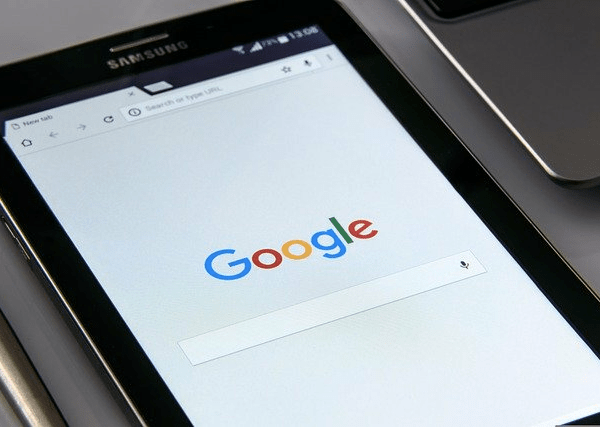This year, it may not be easy for you to find a reason to change your phone, but manufacturers don’t think so. Smartphones with satellite connections are slowly becoming a new trend in the market. Over the past few days, we have had the Huawei Mate 50 series as well as the Apple iPhone 14 series. These series have one thing in common, they both support satellite connections. The satellite connections for smartphones is one of the coolest technology for smartphones this year. However, there are some important questions that users need to ask. Can a smartphone connect to the internet? Is it easy to use? How to use this connection? What is the market outlook? This paper looks at some of these questions.
A “Small Step” for Smartphone Makers
Let’s first look at what Huawei satellite connections offer. According to the company, the Huawei Mate 50 can send “short messages” (but not receive) by connecting to Beidou satellites. It will work only using the Huawei “Changlian App” and it works without a mobile network. Huawei’s technology originates from the “Mobile Beidou Short Message Communication RF Baseband Integrated Chip” released on July 30 this year. However, when a mobile phone uses this chip and directly connects to satellites, the main usage scenario is exploration and rescue positioning, not talking. After all, the main function of the Beidou system is positioning and navigation, not communication.
On Apple, the satellite connections on the iPhone 14 series focus on security. When there is no mobile signal and no high obstacles, users can select the option through Apple’s own Find App. In 15 seconds to a few minutes, it will connect directly to the satellite, and then switch back to the ground base station and relay station. This way, the ground voice call emergency centre can receive the information.
The direct satellite connection function of mass consumer smartphones is only a small step. Whether the future can take another big step depends on whether the following goals can be achieved:
- Directly connect to satellites, high-speed and stable all-weather access, to achieve two-way high-throughput communication.
- A stable and large-scale business model between smartphones and satellite service providers.
- Similar to terrestrial mobile communication service providers, there are different constellations of communication satellites to choose from.
But at present, there are a lot of technical problems to be solved in order to realize the above sci-fi scene.
Technical route for satellite connections
There are some technical routes for smartphones to directly connect to the satellite. Each route has its own difficulties and four key issues:
1. Frequency band problem
The frequency band to use remains one of the issues with satellite connections. Although the Ka frequency band has a low-orbit constellation plan, there is no actual satellite application. The application potential of the Q/V frequency band is under development. In addition, smartphones do not support the communication satellite frequency band for the time being. The situation requires either re-customizing the smartphone or let the satellite use part of the 5G frequency band.
Secondly, how to use it. The satellite-specific frequency bands and protocols are different from the terrestrial cellular frequency bands. It is currently difficult to use these frequency bands Ku, Ka and Q/V to directly connect mobile …….
Source: https://www.gizchina.com/2022/09/19/smartphones-with-satellite-connections-what-do-they-offer/
